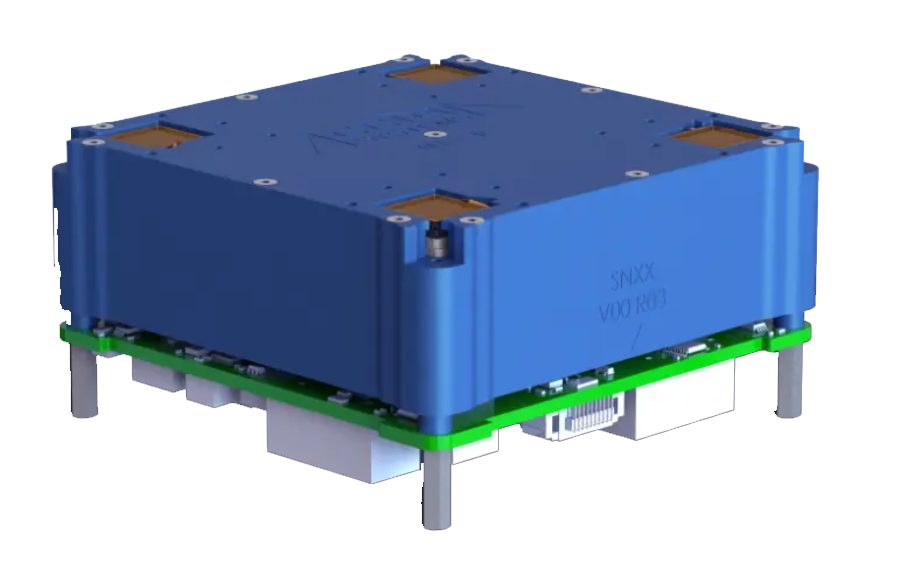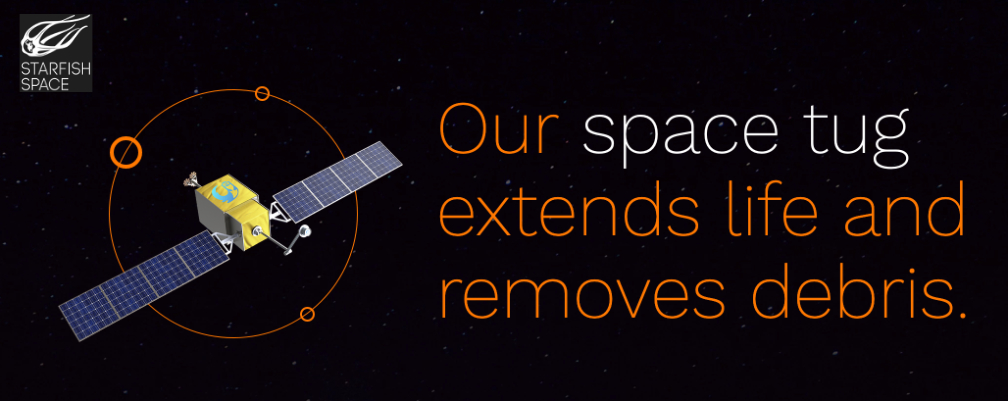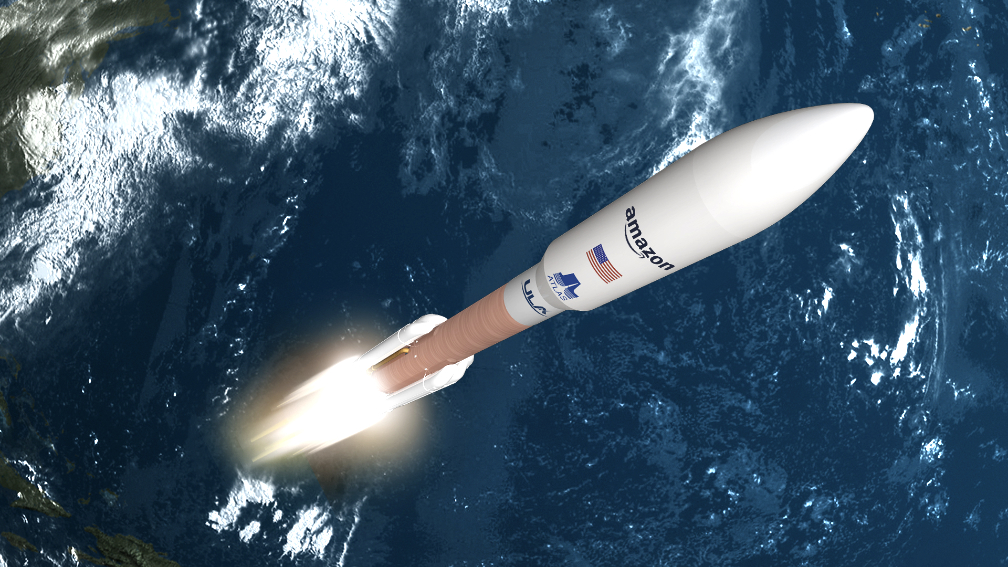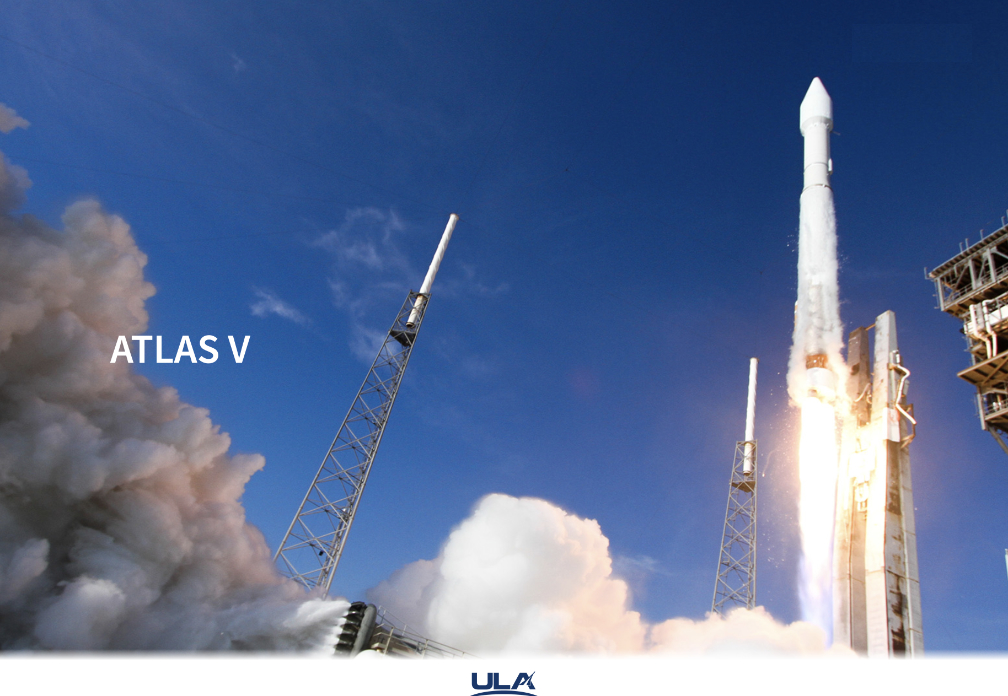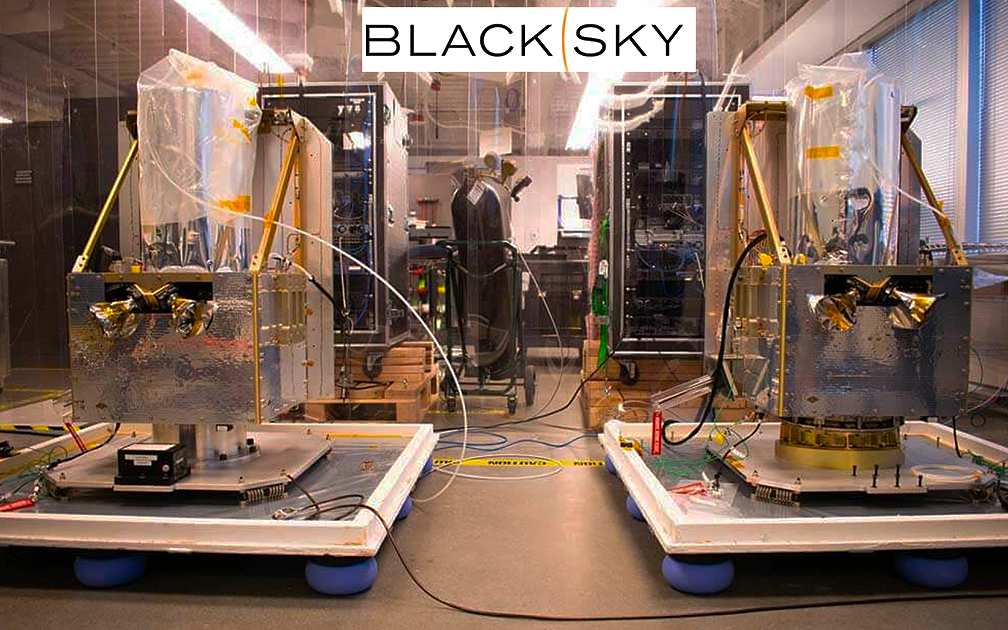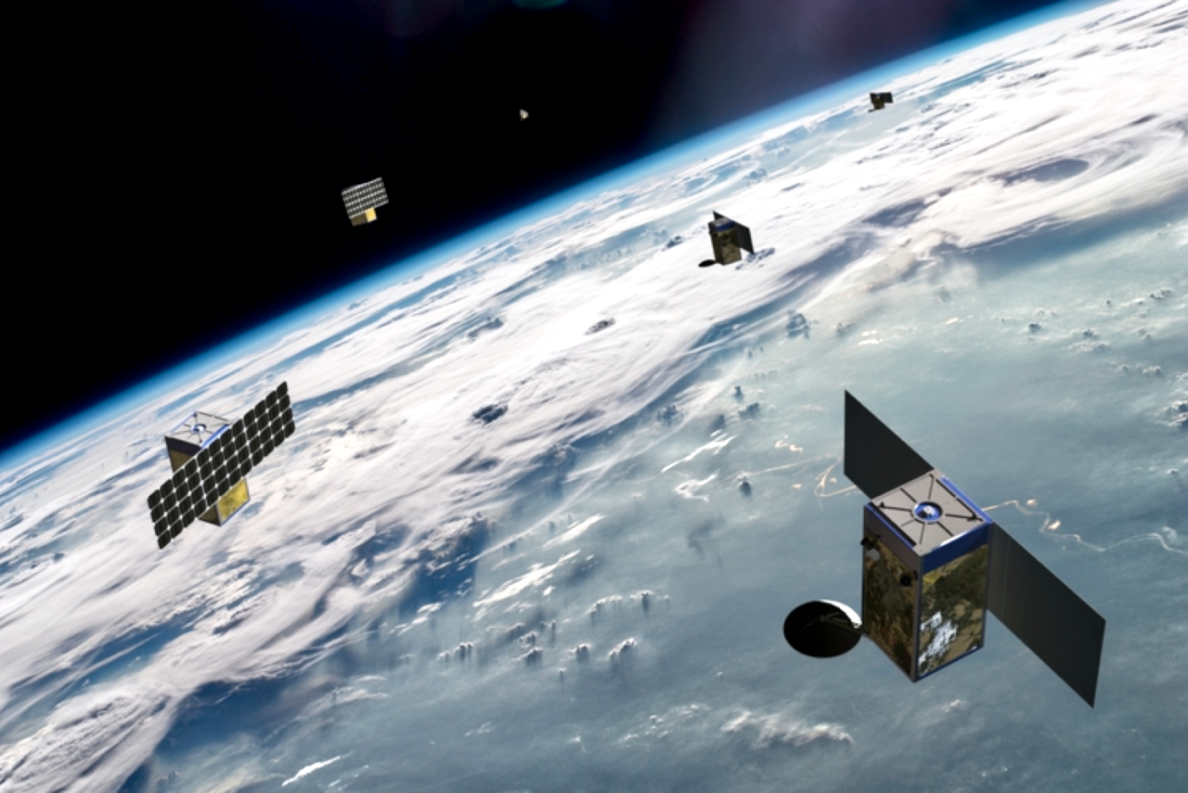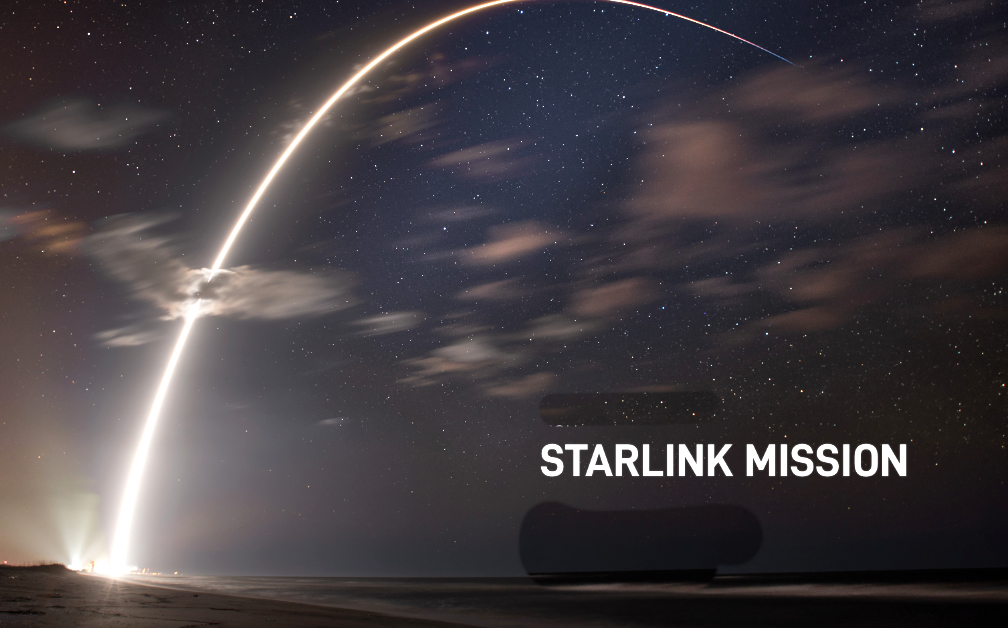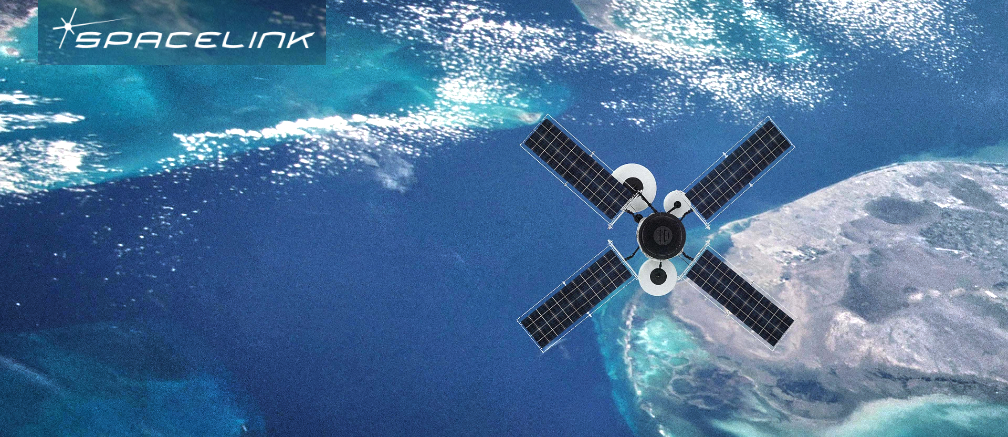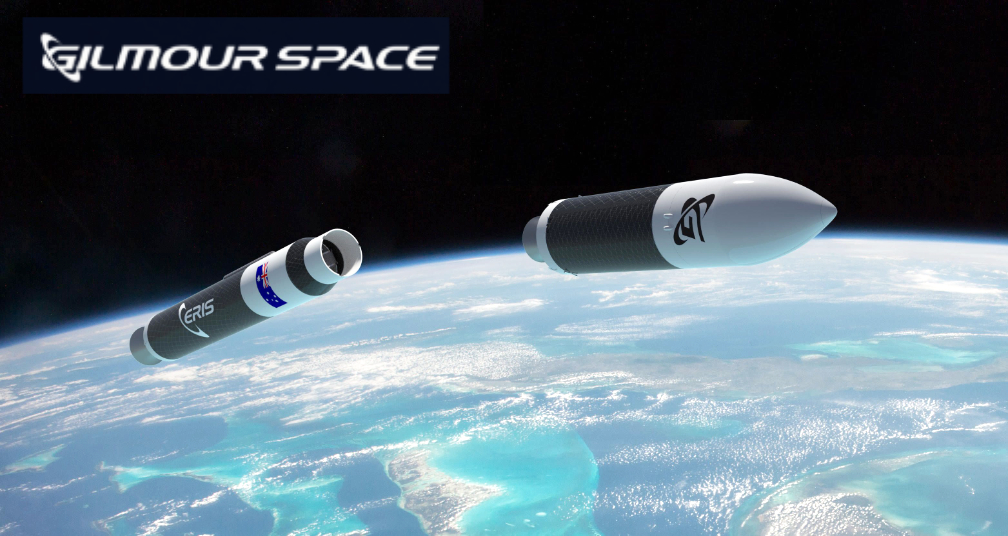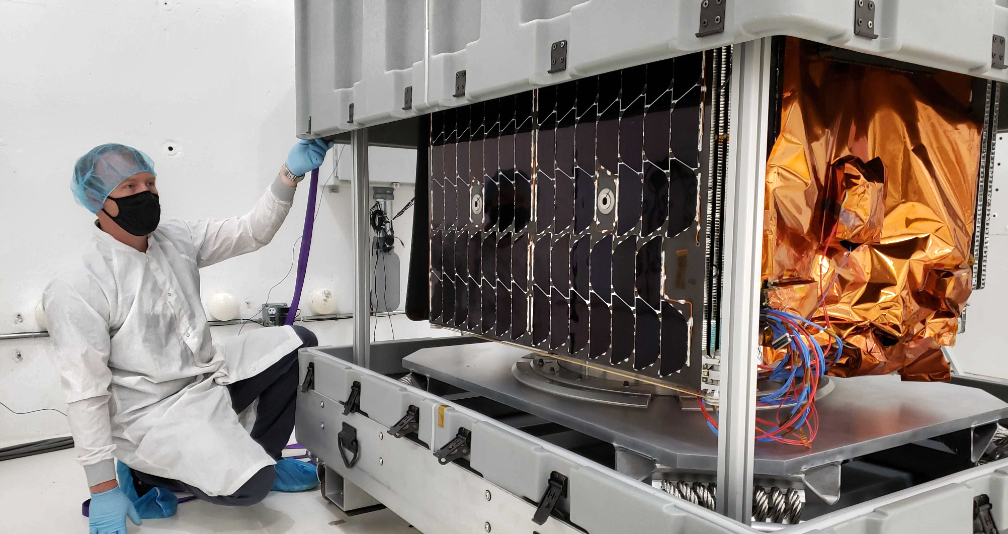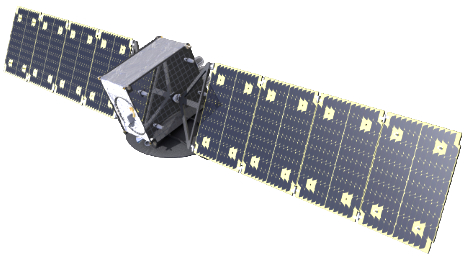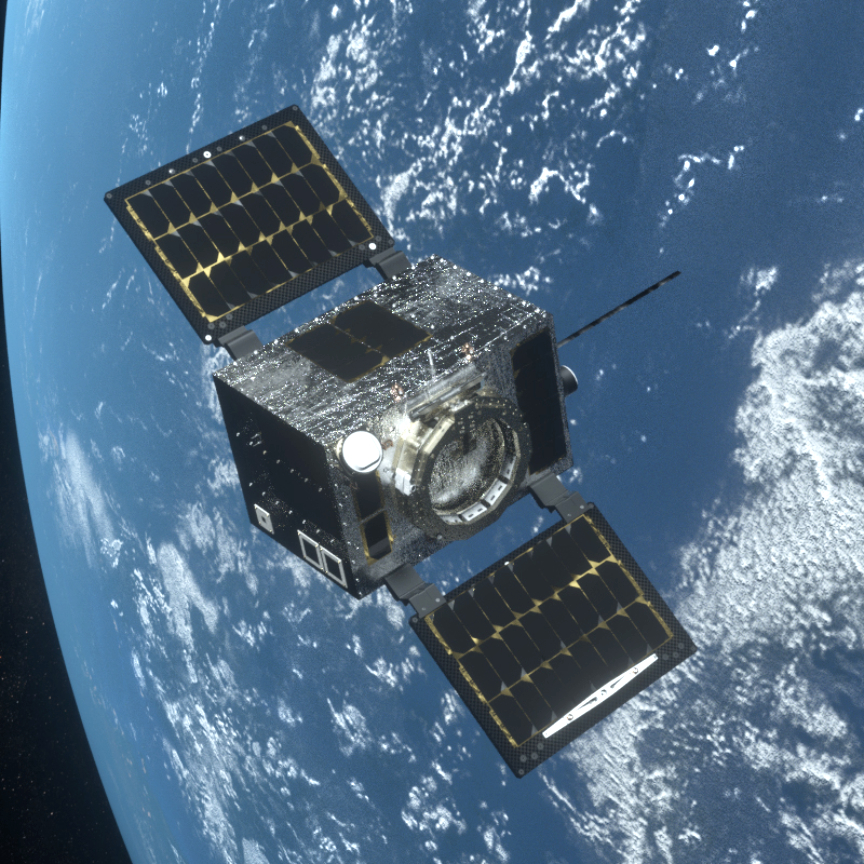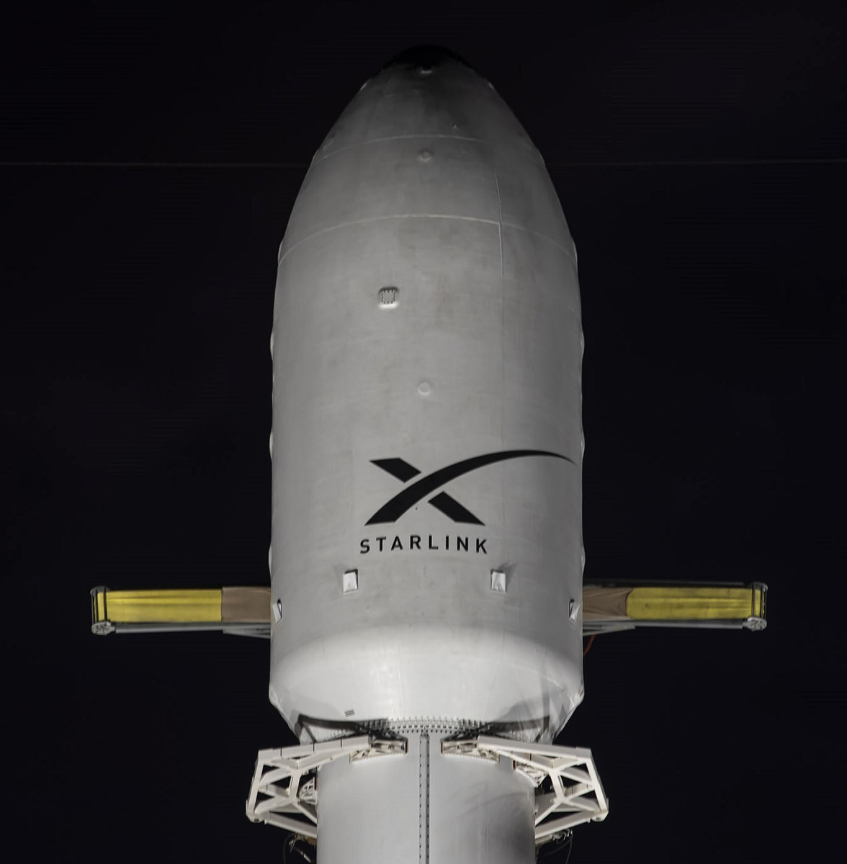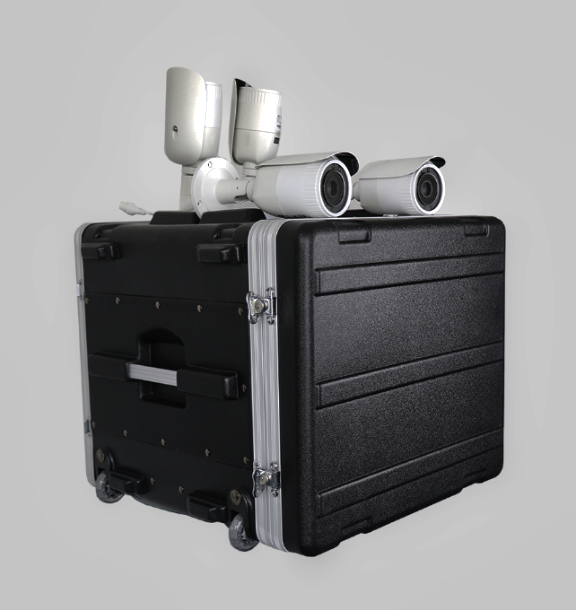
Telesat intends to use the net proceeds from the Offering to fund additional investment into one or more unrestricted subsidiaries for the development of Telesat Lightspeed, Telesat’s Low Earth Orbit (LEO) satellite network, and …
Telesat Canada (“Telesat”) today announced the pricing of an offering (the “Offering”) of US$500 million aggregate principal amount of 5.625 percent senior secured notes due 2026 (the “Senior Secured Notes”) by Telesat and Telesat LLC. The Senior Secured Notes will be secured by a first priority lien on the collateral that secures Telesat’s existing credit agreement and existing 4.875 percent senior secured notes due 2027. The Senior Secured Notes are expected to be issued on or around April 27, 2021, subject to customary closing conditions.
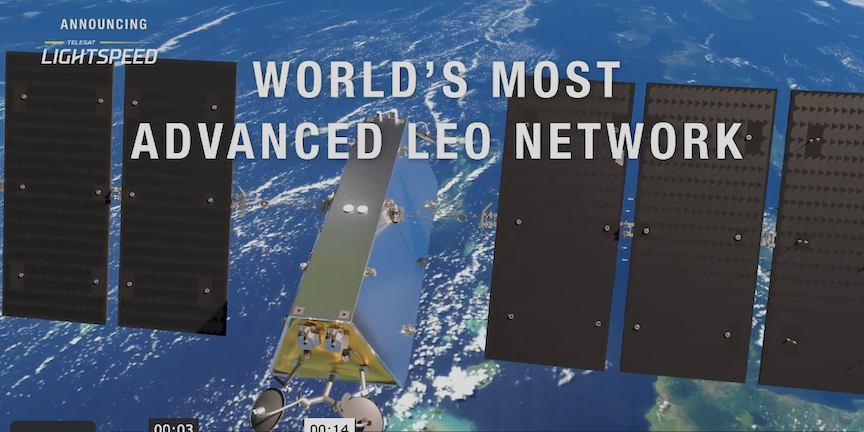
Telesat intends to use the net proceeds from the Offering to fund additional investment into one or more unrestricted subsidiaries for the development of Telesat Lightspeed, Telesat’s Low Earth Orbit (LEO) satellite network, for the payment of fees and expenses related to the Offering, and if the funding needs of Telesat Lightspeed are less than currently anticipated, for general corporate purposes.
The Senior Secured Notes are being offered only to qualified institutional buyers in reliance on Rule 144A under the Securities Act of 1933, as amended (the “Securities Act”), and, outside the United States, only to non-U.S. investors pursuant to Regulation S under the Securities Act. The Senior Secured Notes will not be registered under the Securities Act or any state securities laws and may not be offered or sold in the United States absent registration or an applicable exemption from the registration requirements of the Securities Act or other applicable securities laws.


